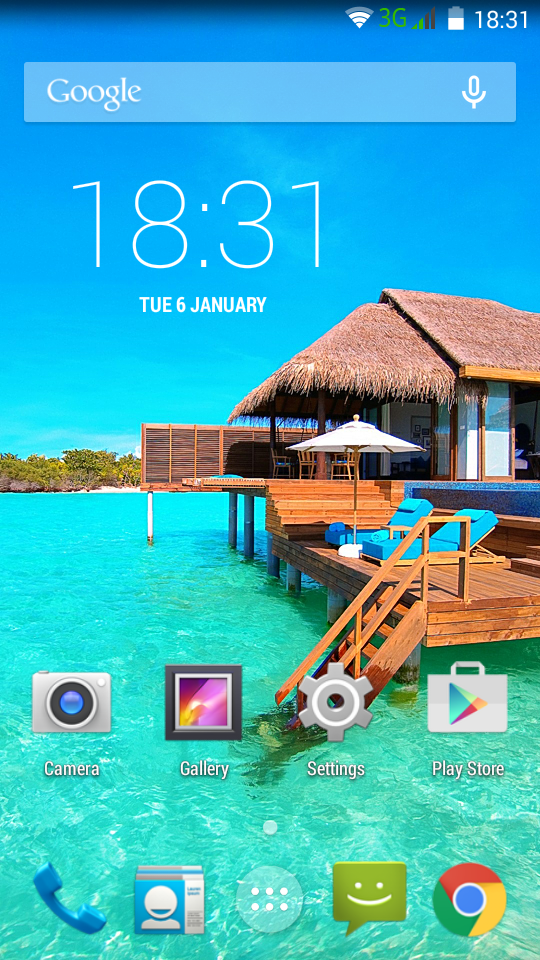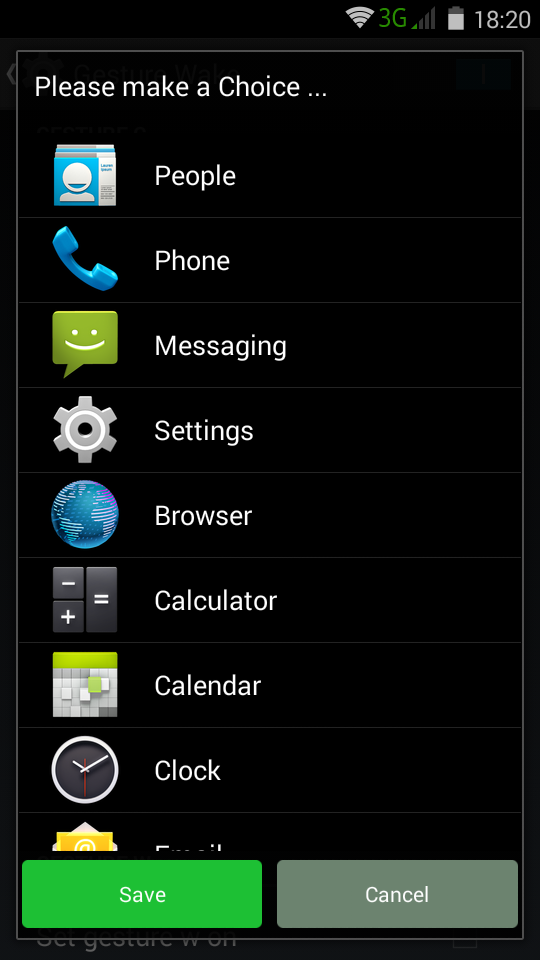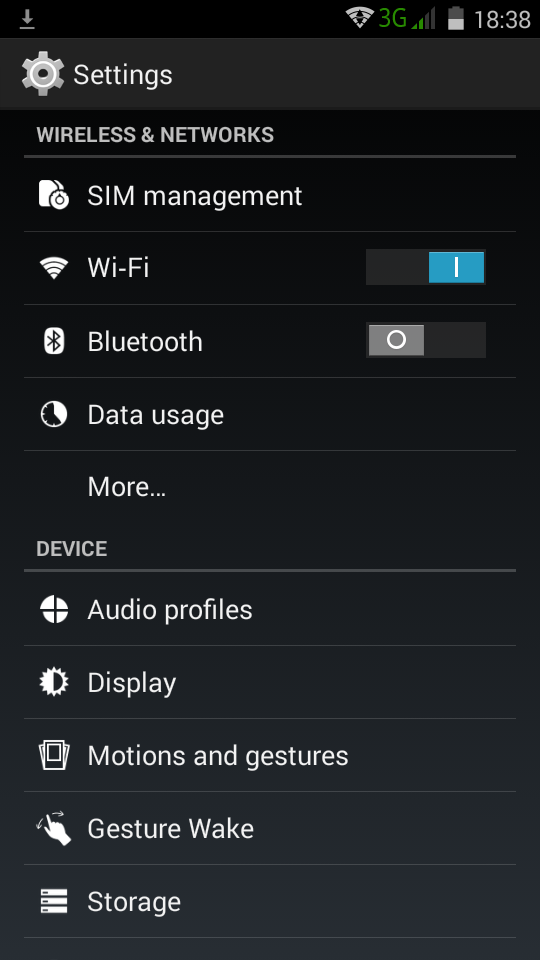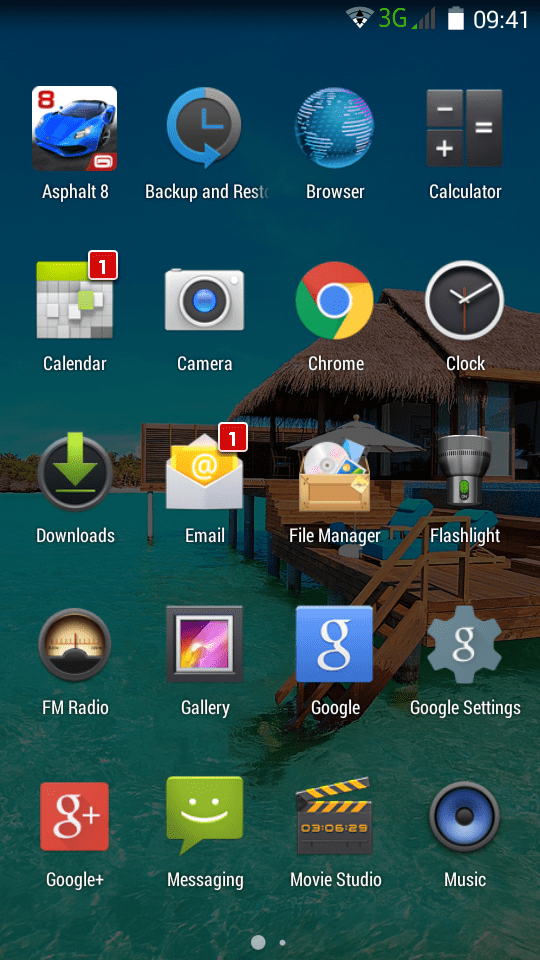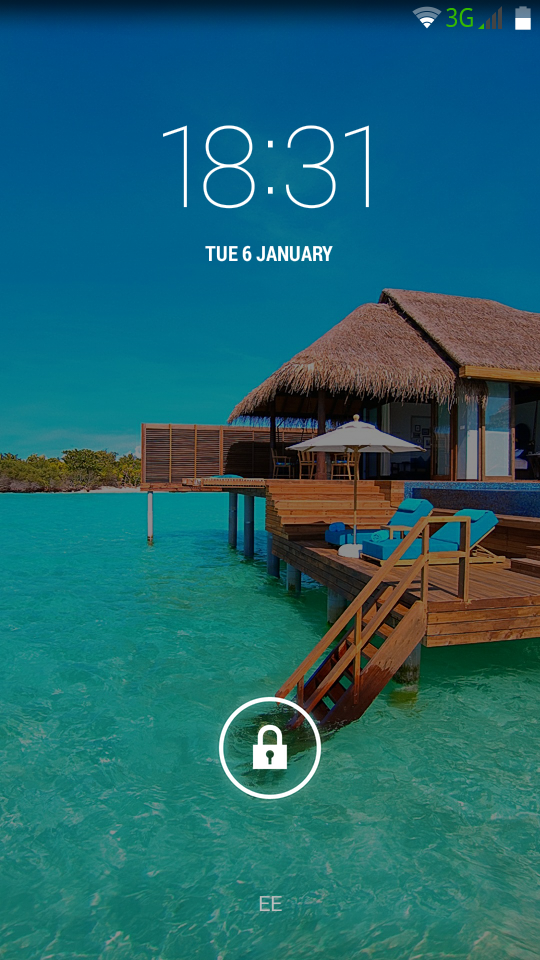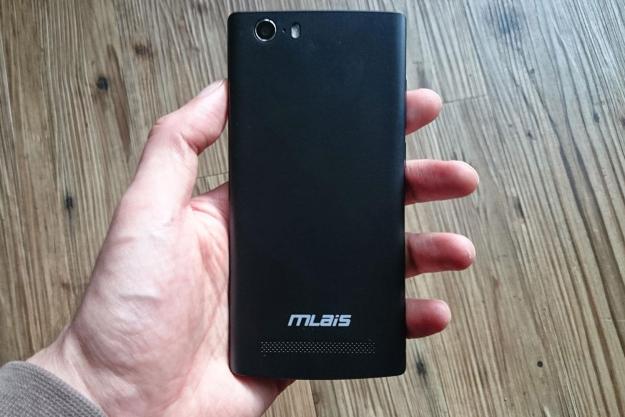
“The Mlais M9 is a whole lot of phone for very little money”
- Good performance
- Decent battery life
- No bloatware
- Stylish design
- Low price
- No notification LED light
- Questionable camera performance
- Inconsistent quality
- Aftercare concerns
You’ve probably never heard of Mlais. I hadn’t either before I was approached to review their latest Android smartphone, the Mlais M9.
Mlais is another Chinese company aiming to break into the competitive U.S. and European smartphone market. As a relatively new face on the Android scene, the going could be tough. Remember, it has no track record, no carrier partnerships, and no real brand behind it; but Mlais has a plan, and it’s all about price.
The M9 is a true budget device which you’ll have to buy directly through third-party retail websites, and not down at your local network store, or at Best Buy. It’s a 5-inch
The average selling price of
A rough diamond
When you look at the budget phones on sale now, you accept the chubbiness of hardware like the Moto E and G. However, the Mlais M9 goes against this trend, and doesn’t really look like a budget phone at all. It’s surprisingly slim at 7.5mm and it feels solid in hand.
The Mlais M9 doesn’t really look like a budget phone at all
The entire front is glass except for a small plastic lip at the bottom. You can see a central speaker grill at the top center, with sensors and the front-facing camera flanking it on the right. There are three capacitive touch buttons under the screen, but they have an unusual and slightly outdated layout, so on the left is the menu, on the right is the back button, and the home button sits in-between. An odd decision, especially since the M9 runs
Both sides of the phone have a metallic strip in a slight contrast to the plastic. The right spine is naked, with just a microphone hole on the bottom edge, but up top you’ll find the micro USB port and a standard headphone jack. The volume rocker sits near the top on the left, and the power button is just below it.
For anyone used to
At first glance, the M9 looks good. In fact, it looks significantly better than the vast majority of budget
My review unit has what looks like tiny air bubbles at the top and bottom of the glass front, thankfully not on the display itself. It’s down to an imperfectly applied, standard fit screen protector.
There’s also a gap at the bottom of the screen before the plastic bezel, and the plastic cover on the back has a bigger gap at the left of the camera lens than the right. Nothing major, just small hints to the budget nature of the M9.
Almost stock Android
The Mlais M9 provides an almost stock
There are some compromises in here to be sure, but not as many as you’d expect to find.
Mlais has added a few nifty features that other
The wake gestures worked perfectly during testing, unlike the presumably Samsung-inspired Air Gesture feature, where a wave of the hand over the screen is supposed to scroll through whatever app is open at the time. Unfortunately, it’s decidedly flaky. Gesture Wake also suffers from an annoying problem of making it near impossible to slide the phone in and out of your pocket without the screen coming on.
The Mlais M9 is light in terms of pre-installed apps. There are some basic utilities on top of the stock apps, like a to-do app, a flashlight, and a file manager; but nothing intrusive. It’s a good thing, because the apps which are included can only be disabled, and not uninstalled.
As for what was missing, it’s mainly the familiar range of Google apps. Happily, the Play Store is present and correct, but Google+, Chrome, Gmail, and YouTube are all missing. More surprisingly, Google Maps wasn’t installed either. In fact there was no map software at all.
That said, everything could be installed without an issue, which is just as well because the stock browser feels horribly slow. The M9 does have GPS, but when using Maps indoors I had to turn on the High Accuracy setting, which allows it to use both Wi-Fi and mobile networks to get the GPS get a fix. Using GPS only, it just froze.
Solid set of specs
This is a $110
A MediaTek MT6592 octa-core processor clocked at 1.4GHz powers the M9, along with an ARM Mali-450 GPU. It’s a familiar setup, shared by a wide variety of Chinese smartphones, however, the clock speed is lower here than in the Gionee Elife S5.1 for example. Gaming fans will be pleased to hear I played Asphalt 8 and it ran without a hitch, and Clash of Clans and Temple Run 2 were equally lag-free. There’s just 1GB of RAM, but the touchscreen is responsive and navigation is generally smooth. The only lag I encountered was using the stock browser and that seemed to be far less of an issue after I installed Chrome.
Running Geekbench 3 the Mlais M9 scored a single-core score of just 367, but we’re more interested in the multi-core score of 2010. That’s pretty respectable for this price range. By way of comparison the Moto G scored 338 and 1030 respectively. For 3DMark’s gamer test the M9 managed a score of 4446, which is far from cutting edge, but better than the similarly priced Moto E which scored 3669.
The best new feature by far is Gesture Wake, where a double tap on the screen wakes the device.
Storage is supposed to be 8GB. You actually get just over 6GB, and it’s split into two separate partitions for some reason. There is a MicroSD card slot if you pop off the back cover and it will accept cards up to 64GB in size.
Something that may put people off, but is hardly a big surprise given the price, is there’s no support for 4G LTE inside the M9, just 2G (GSM 850/900/1800/1900MHz) and 3G (WCDMA 850/2100MHz). The Mlais M9’s other connectivity options include Wi-Fi, GPS, and Bluetooth, but there’s no NFC. This is also a dual-SIM phone.
Despite no 4G, data speeds seemed respectable. Putting it up agains the Sony Xperia Z2 in a 3G-only coverage area didn’t reveal any major differences. Using Chrome to load the same webpage on both devices at the same time revealed the Z2 was slightly faster, on both Wi-Fi and other the network. However, the Xperia Z2 does use a superior Snapdragon 801 processor.
The call quality on the Mlais M9 is good, even in areas with poor reception, and there were no complaints at either end.
Lots of megapixels for a budget phone
The Mlais M9 has an 8-megapixel main camera and a 5-megapixel front-facing camera. Mlais has enhanced the camera app with an impressive list of options. There are scene modes and color effects, as well as face detection, smile shot, HDR, a panorama mode, a self-timer, voice control, and time lapse for video. There’s also a live photo mode which creates short five second video files with an animation.
A common feature found on other phones sold in Asian markets is a beautification mode, and sure enough, it’s included on the Mlais M9. The effects can be a little weird, it seems to smooth out your skin and enlarge your eyes. The extras are all a bit gimmicky. As for the quality, the front-facing camera was poor, and about what you’d expect from a budget
The main camera fares slightly better. When the light is good it’s capable of capturing some great shots and it handles close-ups well. When the light begins to fade noise quickly crept in, and even
The shutter speed is excellent, and although there is a zero shutter delay option, it was impossible to discern any difference. There’s no optical image stabilization, so if you don’t take time to steady your shot beforehand, it’s going to come out blurry.
A mixed battery bag
Rated at 2,800mAh, the battery in the Mlais M9 is big. For comparison the battery inside the Moto G has a 2,070mAh capacity. In practice there were some impressive highs and some shocking lows. I found that standby performance was phenomenal. In 12 hours on standby over night, with Wi-Fi on, data off, and one incoming message it only dropped by 2 percent. A five minute video streamed on Wi-Fi from YouTube claimed 3 percent. A single race in Asphalt 8 ate up 6 percent. A five minute call claimed another 2 percent.
However, when cellular reception is poor, the battery really suffers. A 20-minute call with low reception saw the battery drop from 50 percent to just 15 percent, although to the phone’s credit, the call quality was surprisingly good throughout.There’s always some bedding in time for a new battery, but this happened after the phone had been through a few full-charge cycles. Interestingly, I tested it again with another couple of calls and the issue didn’t reoccur.
If it had been a continued problem, at least the Mlais M9 charges quickly – 25 percent in 30 minutes. Annoyingly, there’s no notification LED light, so it’s impossible to tell if it’s charging, or when it has finished. You’ll miss the LED light for messages or calls alerts too, and I only discovered missed messages when I next switched the screen on.
Smartphones don’t get much cheaper
There’s nothing outstanding about any of the features and functions of the Mlais M9, and the quality is hit-and-miss, but it’s very hard to complain when the phone wears that $110 price tag. It’s a genuinely solid phone for the money.
It may not hit the heights that the specs perhaps suggest, but what else can you get for this kind of cash? I would choose the Mlais M9 over the Moto E, for example, and I’m not convinced the 3G Moto G is worth an extra $50.
The caveat concerns quality control and support down the line. If you want the Mlais M9 you’ll have to buy direct through a Chinese website like PandaWill or BangGood. Both stores have some positive reviews, but you don’t have to look far to find disgruntled customers either. If you had to return your Mlais M9 for some reason, it might prove inconvenient.
Ultimately the Mlais M9 is part of a downward pricing trend that surely can’t go much lower. For this price, provided you understand the pitfalls, the $110 Mlais M9 is worth the risk.
Highs
- Good performance
- Decent battery life
- No bloatware
- Stylish design
- Low price
Lows
- No notification LED light
- Questionable camera performance
- Inconsistent quality
- Aftercare concerns




